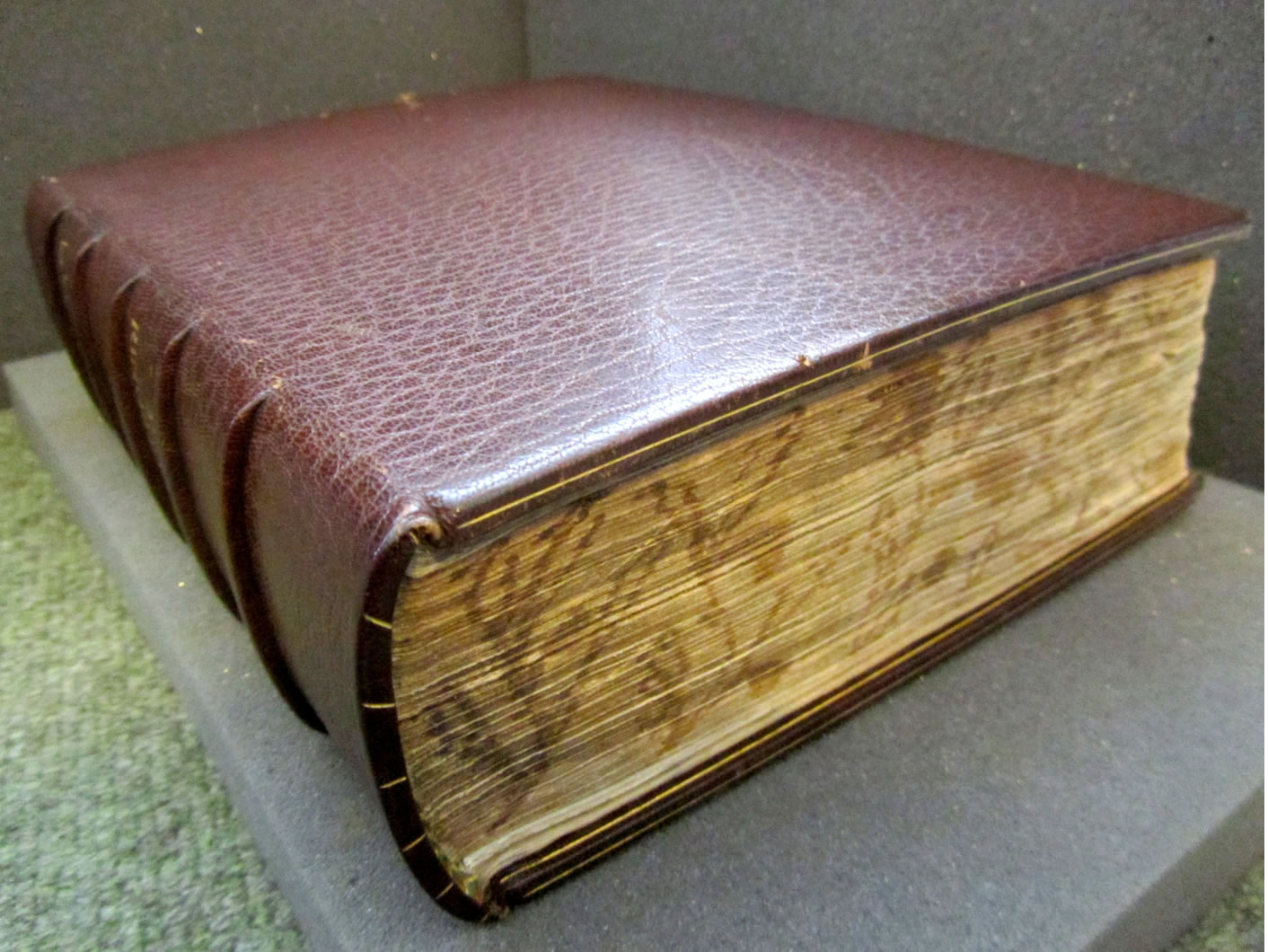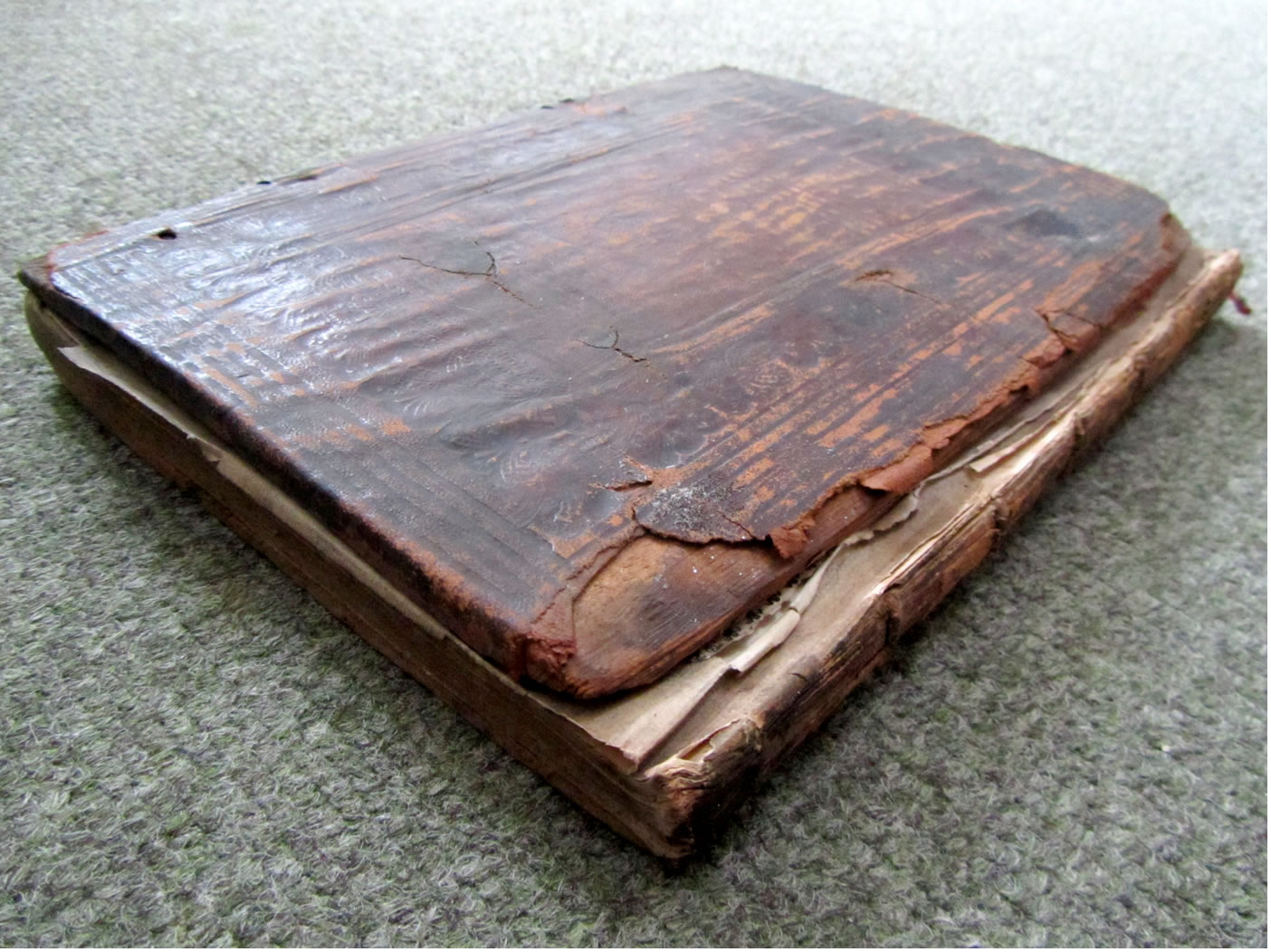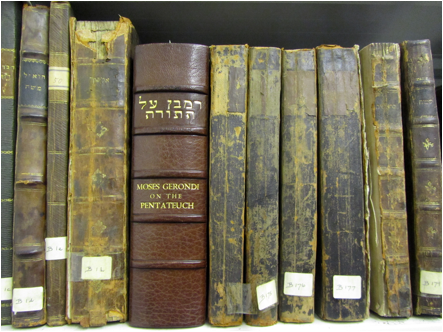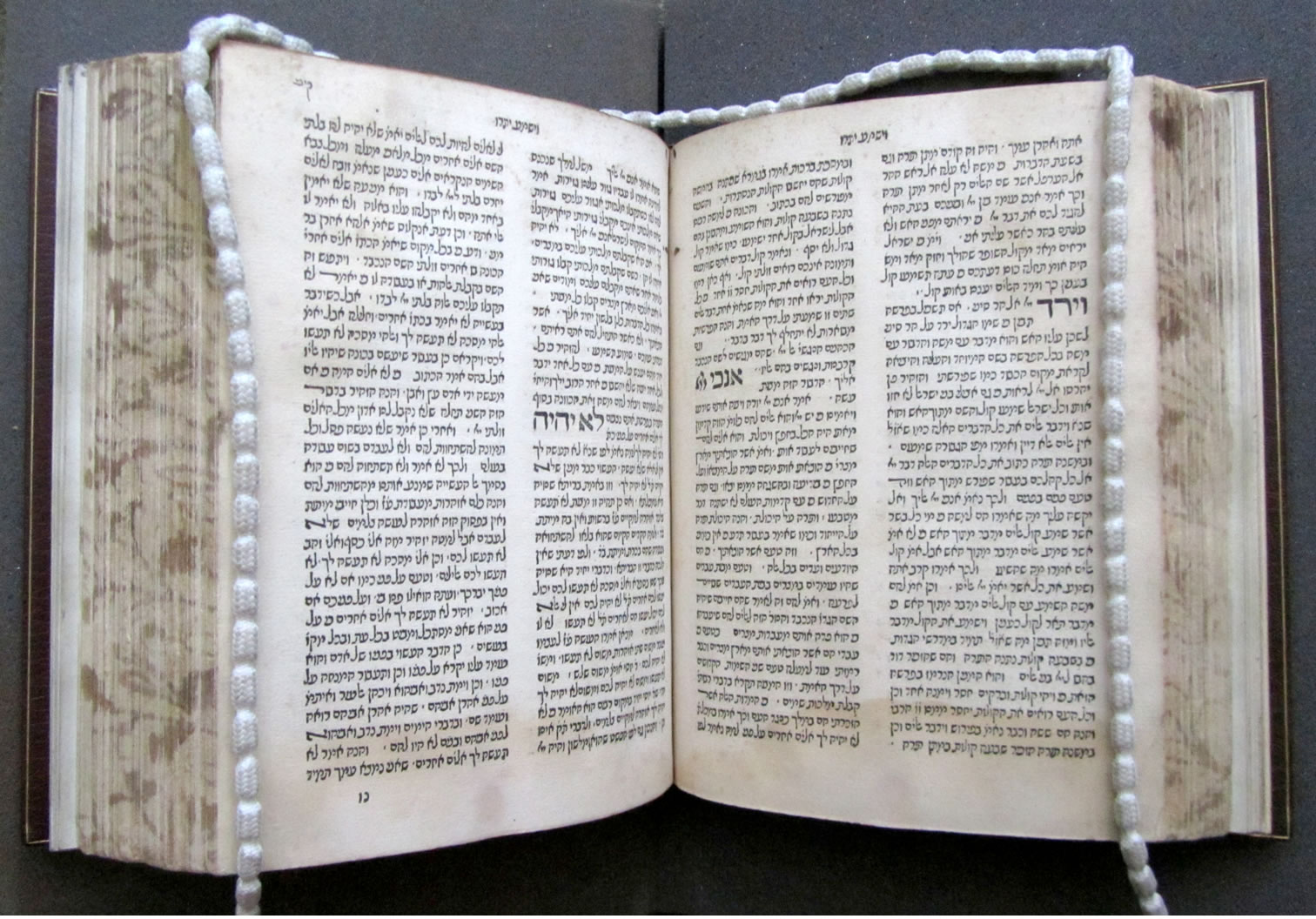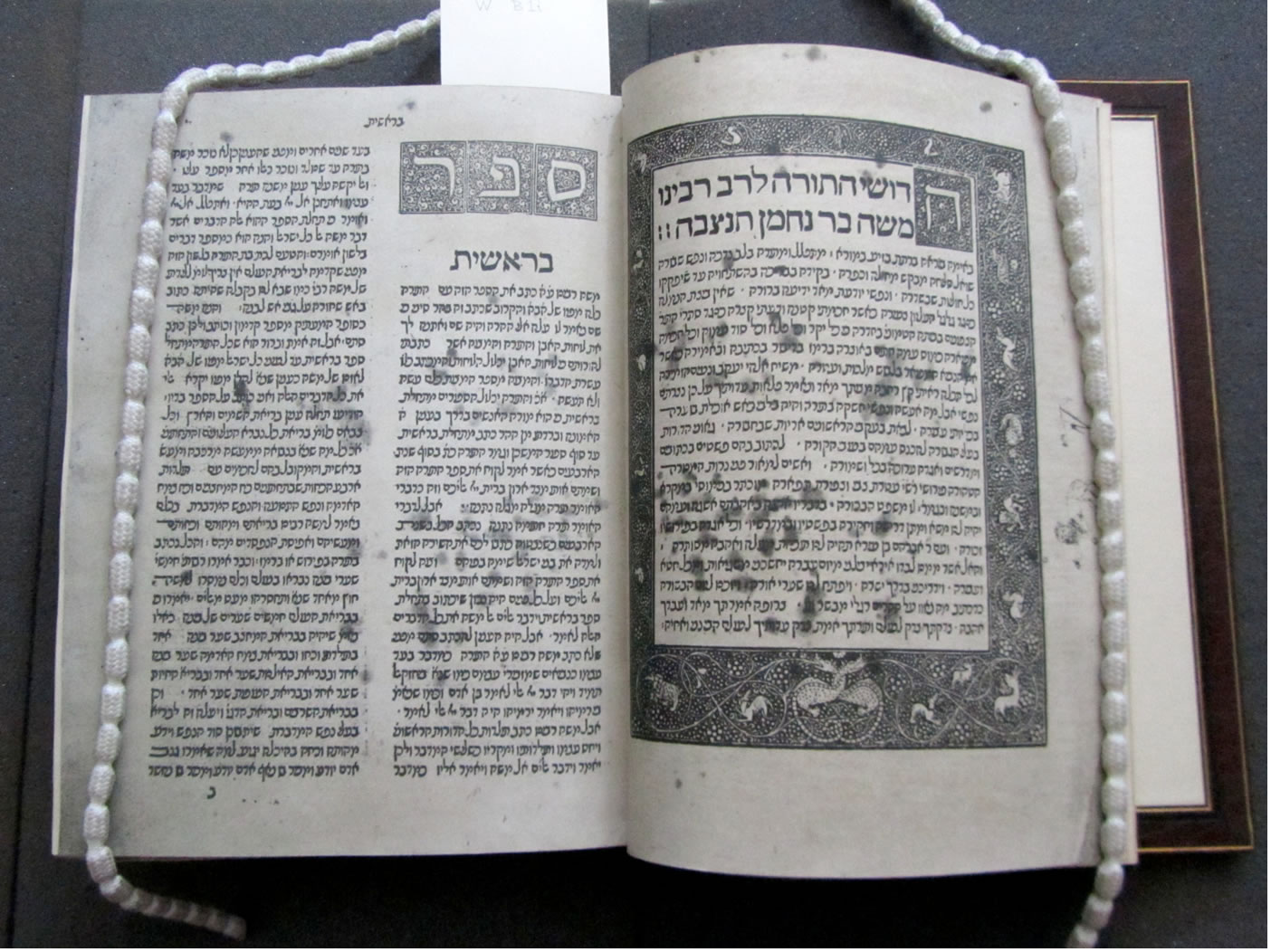Challenge |
The Challenge: Preservation of Rare Books
Rare books are fragile objects that require special care. The deterioration of books cannot be entirely avoided, however, using appropriate storage and handling methods can significantly slow down this process and extend the life of these precious objects.
The state of the rare books is affected by environmental factors such as temperature, humidity, light and pollution. An incorrect environment can cause significant damage to the books (e.g., mould, foxing). Direct sunlight, warm and damp conditions or large fluctuations in temperature and humidity increases the speed of decay. The books are made from organic materials and thus changes in humidity and temperature can even cause distortion of bindings and text blocks. As we value our collection, we make sure to block out direct sunlight and we aim to keep the room temperature within the range of 16°C to 19°C (60-66°F) and the humidity within the range of 45% to 60%.
As well as the environment, the way we handle and shelve our books is essential for their preservation. Therefore, we shelve books of similar height next to each other to ensure the pressure across the book covers is balanced. We take the books off the shelves not by hooking the top of the spine but by firmly holding the book at a central point mid spine. When reading the material we place the books on cradles and use “snakes” (strings of lead weights bound in cloth) to hold the pages down.
Incorrect handling can cause, among other things, slitting or breaking of the spine or cover. These things can eventually lead to the detachment and even loss of the bindings and leaves.
In the collection of Western Hebrew Library, the most common damage is the detachment of covers, leaves, and quires. In order to prevent further deterioration, and most importantly the loss of the detached parts, these books have to be restored or placed into an acid-free storage box.
A good example of such a restoration is the oldest volume of the collection, the Raman’s Torah commentary. It is an incunable printed in Lisbon in 1489 (W B1i) - see below for details and a scan. During the long life of this book, it must have been detached from its binding and remained unprotected. As a consequence, it lost several leaves from the beginning and the end. In 1954, the volume was restored: the missing leaves were replaced by photographic facsimile from another copy and it was rebound in a beautiful leather binding preserving it for the future.
There are other treasures in the collection, which are also in need of such restoration. And in time, it would be wonderful to bring the whole collection to its original glory. As restoration is a costly process, we require financial assistance and invite participation in our fundraising efforts.
| 1 |W B1i
Naḥmanides, Ḥiddushei ha-Torah
Lisbon: Eliezer Toledano, 1489.
This edition of Nahmanides' commentary on the Pentateuch from 1489 was the first book printed in Lisbon. It was published by two rabbis, Samuel Zorba and Eliezer Toledano and preceded the first Latin book printed in Lisbon by some six years. Toledano's printing house was one of the earliest to use borders in his publications. His Nahmanides' commentary has a beautiful inhabited floral border around first page. The frame was designed by a Christian printer and engraver, Alfonso Fernández de Córdoba originally for a Hebrew Bible published in 1486 and 1487 by Eliezer ben Abraham ibn Alatansi and Solomon ben Maimon Zalmati in Híjar, Spain. For operating a printing shop with Jewish connections, Fernando was sentenced to death in absentia in Valencia.
Naḥmanides, Ḥiddushe ha-Torah |
A damaged volume with detached board,
|
The restored incunable among some still fragile volumes |
Opening of the original part of the work |
Beginning of the book, the restored part (facsimile leaves) |
Quick links to other sections of the exhibition
Christian Hebraists | 1 | 2 | 3 |
Telling books – provenance cases | 1 | 2 | 3 | 4 | 5 |
The First Mishneh Torah Printed in Amsterdam | 1 |
Jews and Christians: Fruitful Collaborations |1 | 2 |






